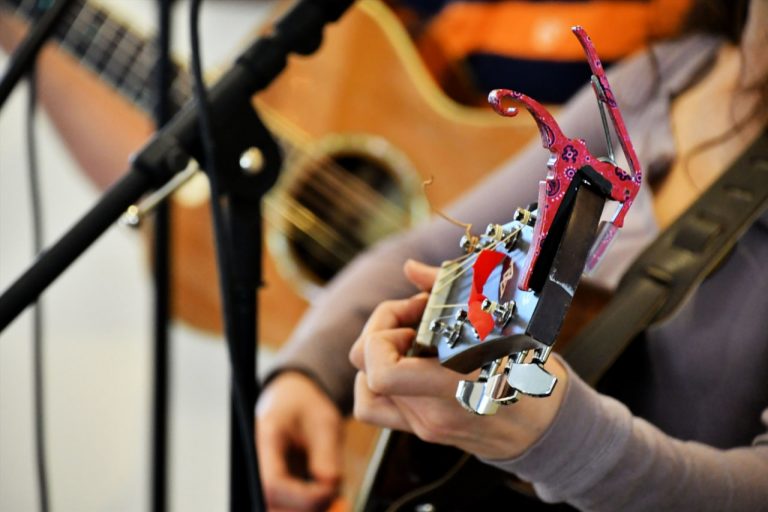Editing is the heartbeat of any music video. It transforms raw footage into a polished, dynamic visual experience that complements the rhythm and emotion of the music. A well-edited video not only tells a story but also keeps viewers engaged from start to finish. Understanding key editing principles and techniques is essential for creating music videos that feel professional and captivating.
Understanding Rhythm and Pacing
The rhythm of a music video is dictated by the song’s tempo and emotional tone. Editors must synchronize cuts with beats, transitions, and lyrical cues to create a seamless flow. Faster songs benefit from quick, energetic cuts that enhance the music’s intensity, while slower, emotional tracks are often complemented by longer, lingering shots. Matching the visual rhythm to the musical rhythm ensures a cohesive viewing experience.
Cutting Techniques for Smooth Transitions
Straight Cuts
Straight cuts are the most basic editing technique, moving from one shot to the next without effects. When timed correctly with music or movement, straight cuts feel natural and maintain visual continuity.
Crossfades and Dissolves
Crossfades and dissolves allow shots to blend gradually, creating smooth transitions that emphasize mood or passage of time. These techniques are particularly effective for dreamy or emotional sequences.
Match Cuts
Match cuts link two visually similar shots, creating a sense of continuity and visual interest. For example, a hand gesture in one scene could seamlessly transition to a similar movement in the next, maintaining flow and reinforcing thematic connections.
Color Grading and Visual Consistency
Color grading is crucial for maintaining a consistent look and feel throughout the video. Matching colors across shots ensures that lighting variations do not distract viewers. Additionally, grading can enhance mood: warm tones evoke energy and passion, while cooler tones create calm or melancholy. Maintaining visual consistency is key to a professional final product.
Syncing with Music and Sound
Properly syncing visuals with audio is vital. Editors must align cuts with beats, lyrical accents, and instrumental cues. Emphasizing key moments in the song with visual changes enhances the emotional impact and makes the video more immersive. Sound effects and ambient audio can also reinforce transitions and add depth to the overall experience.
Using Effects and Motion Graphics
Subtle effects, such as slow motion, speed ramps, or overlays, can add flair without distracting from the story. Motion graphics, titles, and visual effects should complement the music and narrative, enhancing engagement while maintaining flow. Overusing effects can break the seamless feel, so balance and intentionality are crucial.
Organizing Footage and Workflow
A well-organized editing workflow saves time and ensures creative control. Labeling footage, using bins or folders, and pre-selecting shots for rough cuts allows editors to focus on timing and storytelling rather than searching for clips. A structured workflow also facilitates collaboration with directors, cinematographers, and other post-production team members.
Storytelling Through Editing
Editing is not just technical—it is a storytelling tool. By choosing which shots to emphasize, when to cut, and how to transition, editors guide viewers’ emotions and attention. Every cut, effect, and timing choice contributes to the narrative, turning a collection of clips into a compelling music video story.




